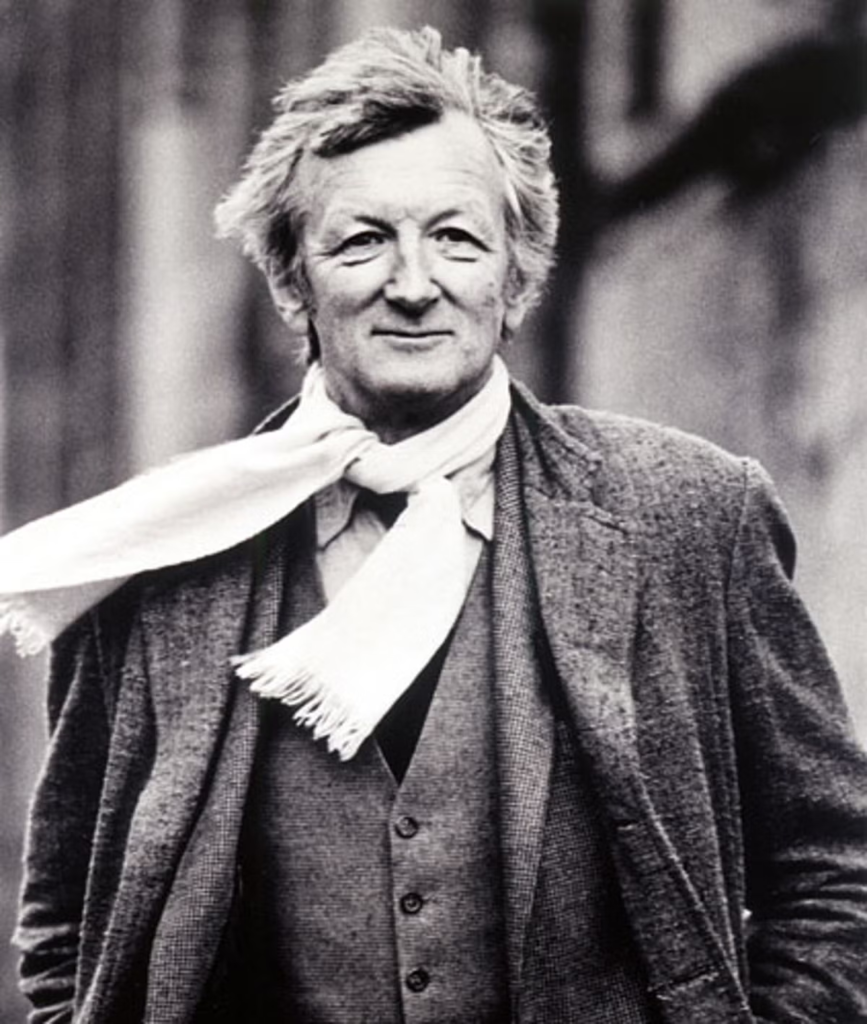Smallest Hides Largest – Paradox, often expressed as pairs of opposites, are inherent in magic squares. Many make the mistake of thinking magic squares a simply numbers that are squared such as two squared equals four. Number squares is different from number squared- spelled with the “d” making square past tense. One such paradox is the smallest possible of all magic squares, which is 3 x 3 and is called Lo Shu in ancient China, hides the largest which holds the key to working with infinity.
On a simple and basic level, any two opposite numbers total 10. Examples are 9 + 1; 2 + 8; 3 + 7; or 4 + 6. The central number is the average of the two opposites, which is 5. Any straight row of 3 numbers totals 15; the perimeter of 8 numbers totals 40; and 15 can be found in 8 different ways as 8 x 15 = 120. Judaism, in its beginnings, favored this magic square. Note the total of ten of opposites have a binary ring as one is thought of as positive and zero is thought of as negative. We’ll see how in future posts.

Internal link: Sacred Number
External Link: https://www.innertraditions.com/author/john-michell/
Leave a Reply